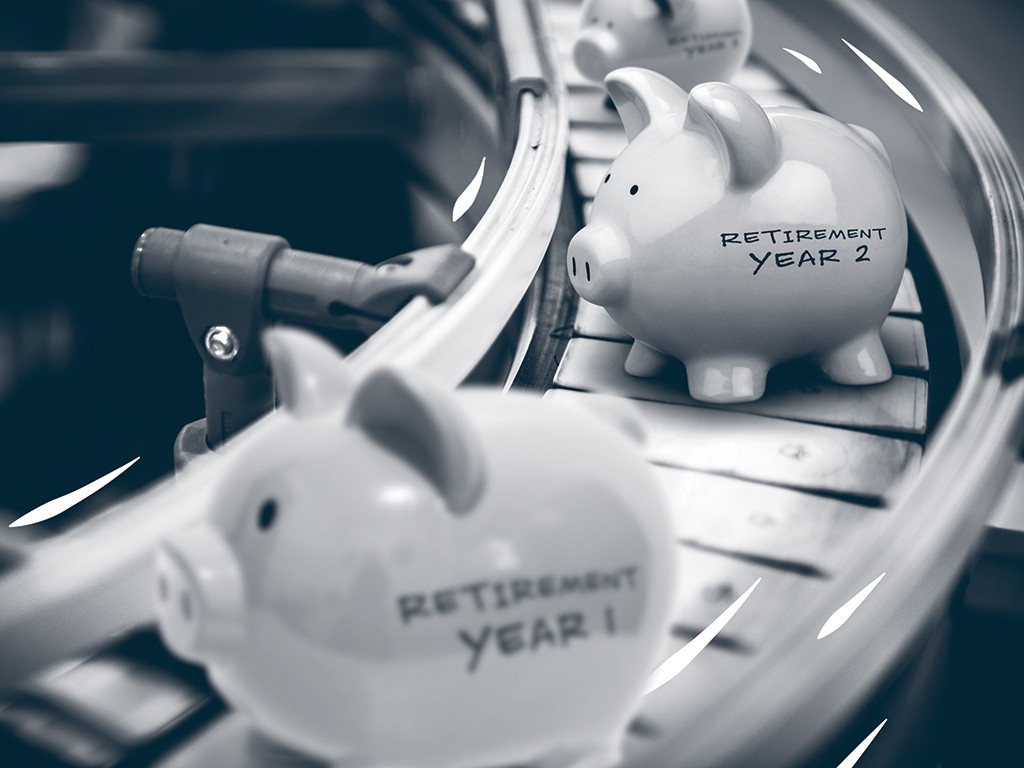You’re faithfully saving for retirement. Now it’s time to sit down and understand what your retirement paycheque will look like and how you’ll spend it.
Accurately estimate the basics
The first step in determining how much you can spend is to understand these basics:
Your fixed expenses
This includes costs of housing, food, medication, and other life essentials. Getting these numbers right – and being able to estimate changes in them over time – will help you clarify your spending during retirement.
Your guaranteed income
This may come from government benefits, employer pensions and/or annuities. A basic tenet of retirement income planning is to try to ensure that your guaranteed income will cover your fixed expenses.
Your life expectancy
Statistics show that life expectancies at age 65 continue to climb, and Canadians are expected to live beyond age 90 on average in the future.
Determine a withdrawal method for your investments
Depending on your situation, some or nearly all your retirement income may come from your investments. How do you determine how much you can withdraw each year, to try to ensure your nest egg lasts as long as you do?
One option is to choose a withdrawal rate in your first year of your retirement (4% is the current rate that actuaries advise will provide 30 years of income) to determine a dollar amount that you then adjust upwards by the inflation rate each year. This method does not adjust for market returns.
A second strategy is to base your annual spending on a percentage of your portfolio’s value at the end of the previous year, regardless of its total value. This method is for those who can handle year-to-year variability, because your annual income is tied directly to market performance.
Using a hybrid approach, you can take out a percentage of your portfolio’s balance from the previous year (e.g., 4%), and use that as your income for the year, unless market returns bring the value of your portfolio above or below ceiling and floor amounts you have predetermined. If that’s the case, you would use the ceiling or floor amount as your income for that year.
When looking at retirement income strategies, it’s important to understand how specific strategies can impact your cash flow and tax burden. We can help to create a withdrawal strategy that is right for your financial situation.
If you subscribe to a “less is more” philosophy now, you will have more money to put toward retirement, and you’ll need less money when you get there.
Lower your cost of living today
If you subscribe to a “less is more” philosophy now, you will have more money to put toward retirement, and you’ll need less money when you get there. More and more people, young and old, are living with less to stop “stuff” from ruling their lives. In books, blogs, and TED Talks, converted minimalists describe the social, economic, and personal advantages of cutting back. People who scale down to the essentials report feeling more satisfied and happier. They also usually become wealthier, because spending less increases their chances of staying out of debt and saving more.
Look at your life through a “less is more” lens. Can you live with a smaller vehicle or home, and fewer luxuries? If you need inspiration to stop spending, remember that we generally gain greater value from experiences than from buying material things.
Financial growth options beyond RRSPs and TFSAs
If you max out your RRSP and TFSA every year, consider these options for your
additional savings.
Add to your non-registered investments
With your Registered Retirement Savings Plan (RRSP) and Tax-Free Savings Account (TFSA) topped up, consider adding to your non-registered investments. The most tax-efficient strategy in this situation is to hold your fixed-income investments (with their income taxed at your marginal tax rate) in an RRSP or TFSA, and stocks and equity mutual funds in a non-registered account. RRSP withdrawals are part of your taxable income in the year of withdrawal and are also taxed at your marginal tax rate, but the growth of stocks and equity mutual funds held in a non-registered account are taxed at a more favourable capital gains rate when you sell them. As well, dividends from most Canadian corporations are eligible for the dividend tax credit.
Pay down debt
Simply paying down debt delivers an after-tax return that may be comparable to many investments. Start with high-interest credit card debt and then pay down non-deductible debt such as your home mortgage – a single prepayment could save you hundreds, even thousands, of dollars in interest payments.
For (some) business owners
It can make sense to build a retirement investment portfolio inside a company instead of paying out that corporate income to a shareholder. The company may also fund an Individual Pension Plan (IPP), which has the potential for greater tax assisted savings than through RRSPs or Defined Contribution Pension Plans.
There are tax and income-building advantages and disadvantages to each of these “beyond RRSP” options, so be aware that these business-related options require careful planning and the guidance of financial professionals.

